Terraced fields in the ripe rice season in the old Mien Doi, now Thuong Coc commune.
Fossilized rice grains and a thousand-year-old story in Muong Vang
The road that led me to Muong Vang (including Quy Hoa, Tuan Dao and Tan Lap communes in the past) lies between the rolling fields, embracing Tan Lap valley. Muong people say that this place not only “eats rice” but also “worships rice”, honoring rice grains as part of their soul.
The story begins in Da Trai cave, old Tan Lap commune. In 1982, archaeologists found fossilized rice grains in the cave - proof that thousands of years ago, the Muong people knew how to grow wet rice. It is not by chance that Muong Vang rice is famous for its sticky and fragrant taste. It is the crystallization of heaven and earth and the skillful hands of many generations. Standing at the cave entrance, the wind from the valley carried the scent of ripe rice mixed with the scent of moist soil, I suddenly understood: the rice grains here are not simply food, but also memories, cultural identity.
Nowadays, Muong Vang is no longer stuck with two rice crops. Since 1987, new varieties such as Khang Dan, AT77, and 352 sticky rice have been introduced to the fields, increasing productivity and the cultivated area reaching thousands of hectares each year. Mechanization has been introduced to the fields, and people have taken advantage of the two-crop land to grow winter corn, with a yield of more than 45 quintals per hectare. The fields lacking water have been converted to growing vegetables, mulberry, and fruit trees, creating a stable income.
In the village, red-tiled stilt houses are interspersed with spacious multi-story houses, the voices of children studying blend with the babbling brook. A countryside that is changing and developing but still retains its unique identity and culture.
Khe Egg Sticky Rice - treasure on the fields
Leaving Tan Lap, I went to Mien Doi commune (now Thuong Coc) - where the ancient sticky rice variety Trung Khe, called "Tlông khe" in Muong language, is still preserved. The elderly said that this sticky rice grain is round and small like a small egg, golden yellow like the early season sunshine, fragrant and rich.
The Muong people value this sticky rice variety so much that they consider it a wedding and New Year gift. Not only delicious, “Tlông khe” is also a measure of the Muong people’s ingenuity from choosing the variety, growing seedlings, to keeping the fields watered.
This glutinous rice variety is best suited to the terraced fields of the Hill Region, where the water source is typically cold and the high, mineral-rich soil. The Trung Khe rice grains are highly nutritious, short, round, sticky, sweet and fragrant when cooked. The selling price is much higher than that of regular rice.
Ms. Bui Thi Nguyet, a member of the Mien Doi Agricultural and General Service Cooperative, shared: “We grow without fertilizing or spraying pesticides, but the rice is still good and has few pests. The yield may be lower than some new varieties, but in return the economic value is high, 350,000 - 450,000 VND/yen. We both preserve tradition and create branded products.”
In early 2023, Mien Doi commune built an OCOP product for Trung Khe rice. Mien Doi Agricultural and General Service Cooperative took the lead, providing technical training and guiding people on organic farming, ensuring quality. By the end of the year, "Trung Khe sticky rice" was recognized as a 3-star OCOP - the pride of Muong land. In 2024, the planting area will expand to 18 hectares, with 130 households participating, aiming at commodity production associated with experiential tourism and export.
Preserving the soul of rice, getting rich from hometown rice grains
Mr. Bui Van Vu - an elderly person in Tan Lap enthusiastically told about the customs surrounding rice plants. From the time of sowing the seedlings, people went to the forest to get Du leaves to line the seeds, and covered them with Giau leaves, expressing their wishes: "enough" to eat, "rich" to wear. When the planting was finished, anyone passing by and saw the rice roots sticking up would also bend down to replant, even if it was not their own field. That was a good deed, God witnessed and blessed the crops.
On January 7, the whole village holds a ceremony to pray for favorable weather and rain. These rituals, despite changes in life, are still preserved as a link between the past and the present.
Not only stopping at abundant crops, Muong Vang and Thuong Coc are writing a new story: preserving native rice varieties associated with sustainable economic development. Comrade Bui Van Cuong, Vice Chairman of Thuong Coc Commune People's Committee emphasized: "Nep Trung Khe is a treasure. We not only maintain, but also build the OCOP brand to a higher level, develop organic products, and serve experiential tourism ".
The leader of Muong Vang commune affirmed: "Rice is still the mainstay, but it must be done in a new way - safe, organic production, increasing value instead of chasing output. The commune encourages the expansion of high-quality varieties, mechanization, and connecting businesses so that Muong Vang rice can have a solid foothold."
These orientations show that, along with preserving traditional farming knowledge, the Muong people today know how to renew themselves. They link production with the market, put cultural values into products, turning rice grains into not only food, but also a brand, a source of pride to get rich.
Anyone who has ever set foot in Muong Vang or the terraced fields in the Hill Region will surely understand why the rice of Muong land never fades. And perhaps, what attracts visitors from afar is not only the fragrant sticky rice, but also the sincerity and hospitality of the Muong people, people who live entirely with the land and love their homeland's rice to the very last grain.
Hong Duyen
Source: https://baophutho.vn/deo-thom-com-lua-xu-muong-237188.htm


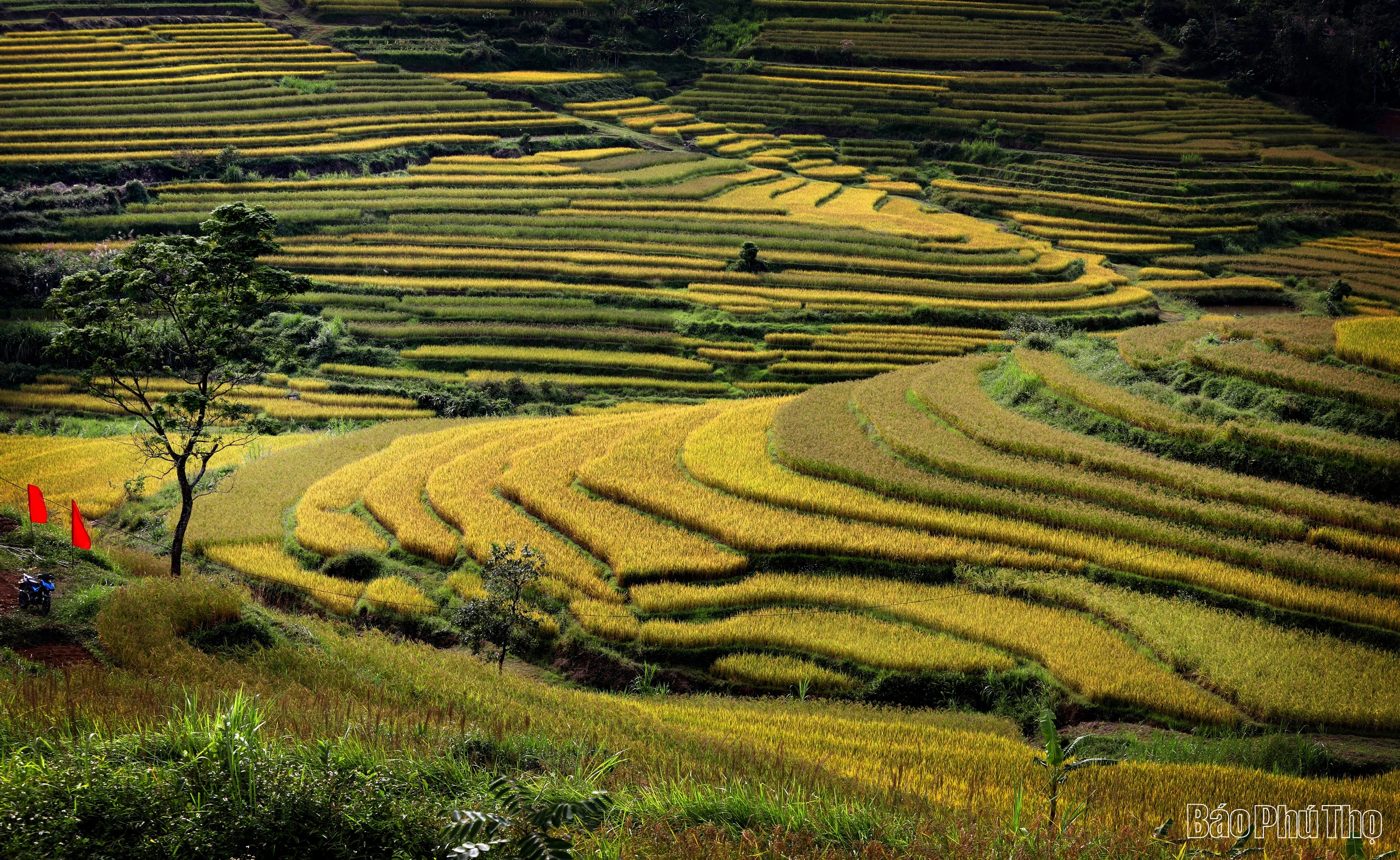





![[Photo] Hanoi morning of October 1: Prolonged flooding, people wade to work](https://vphoto.vietnam.vn/thumb/1200x675/vietnam/resource/IMAGE/2025/10/1/189be28938e3493fa26b2938efa2059e)
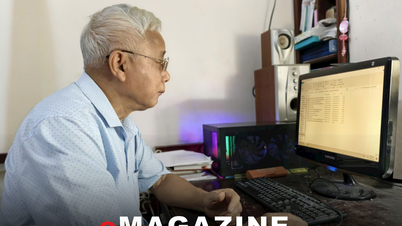

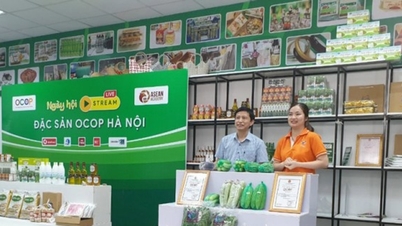


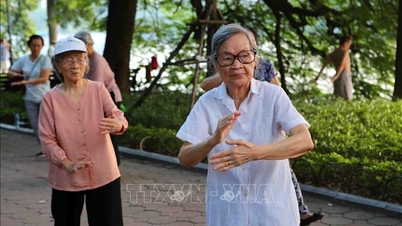

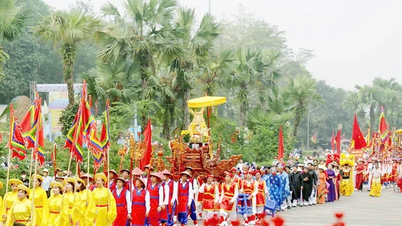


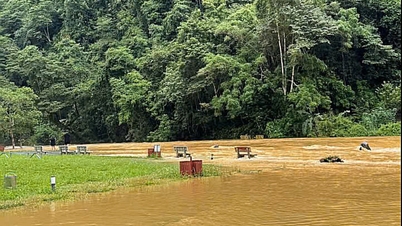

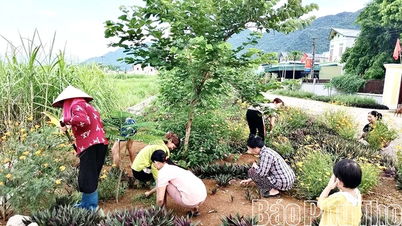
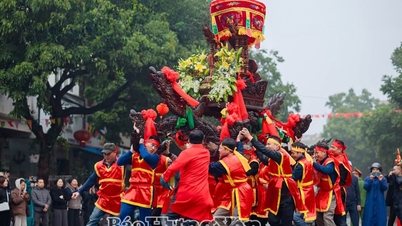

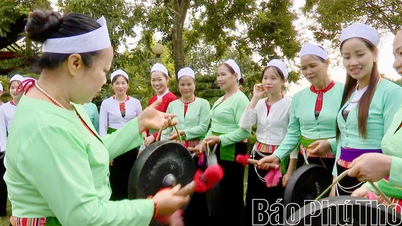
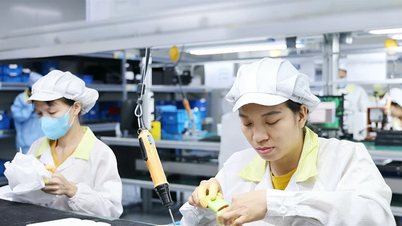
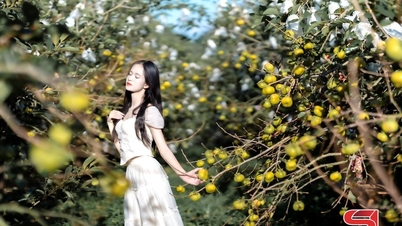





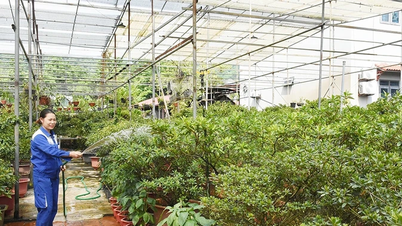
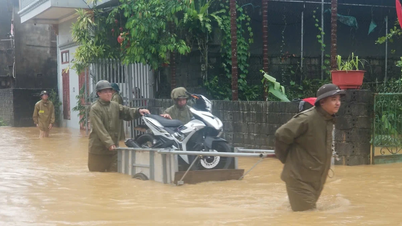
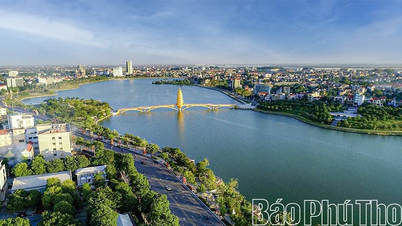
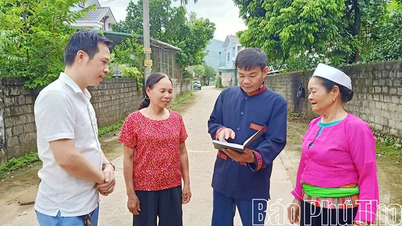
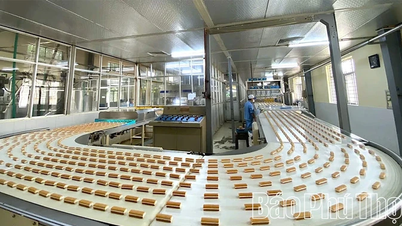

![[Photo] Panorama of the cable-stayed bridge, the final bottleneck of the Ben Luc-Long Thanh expressway](https://vphoto.vietnam.vn/thumb/1200x675/vietnam/resource/IMAGE/2025/9/30/391fdf21025541d6b2f092e49a17243f)
![[Photo] President Luong Cuong receives President of the Cuban National Assembly Esteban Lazo Hernandez](https://vphoto.vietnam.vn/thumb/1200x675/vietnam/resource/IMAGE/2025/9/30/4d38932911c24f6ea1936252bd5427fa)
























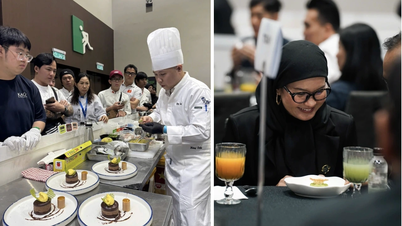

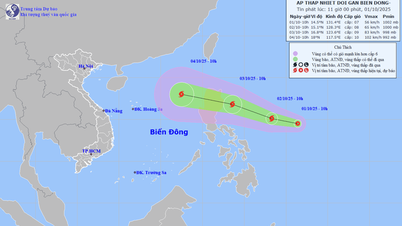
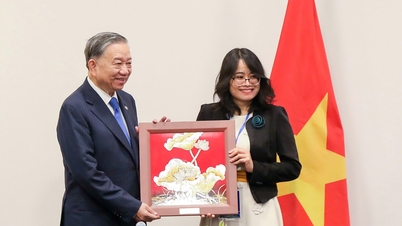

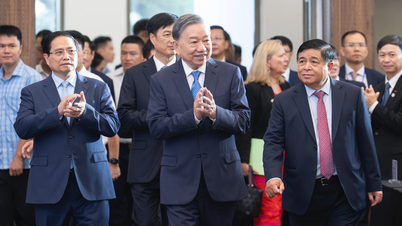
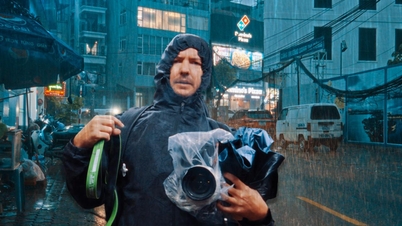



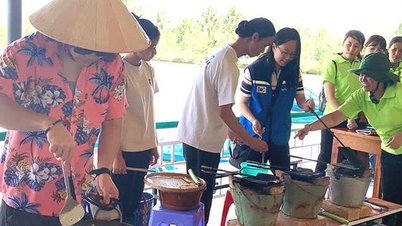




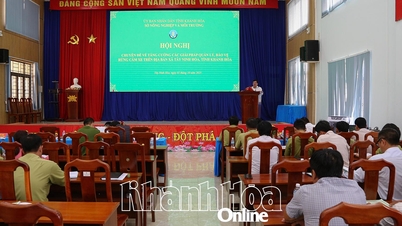

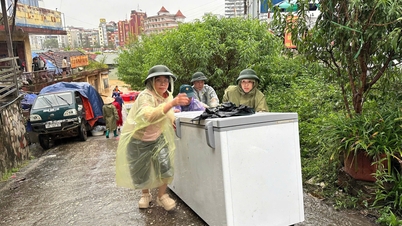
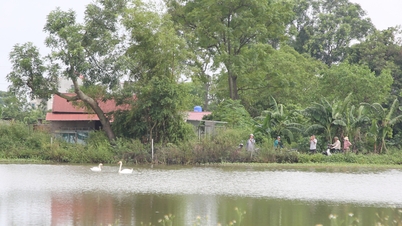



















Comment (0)